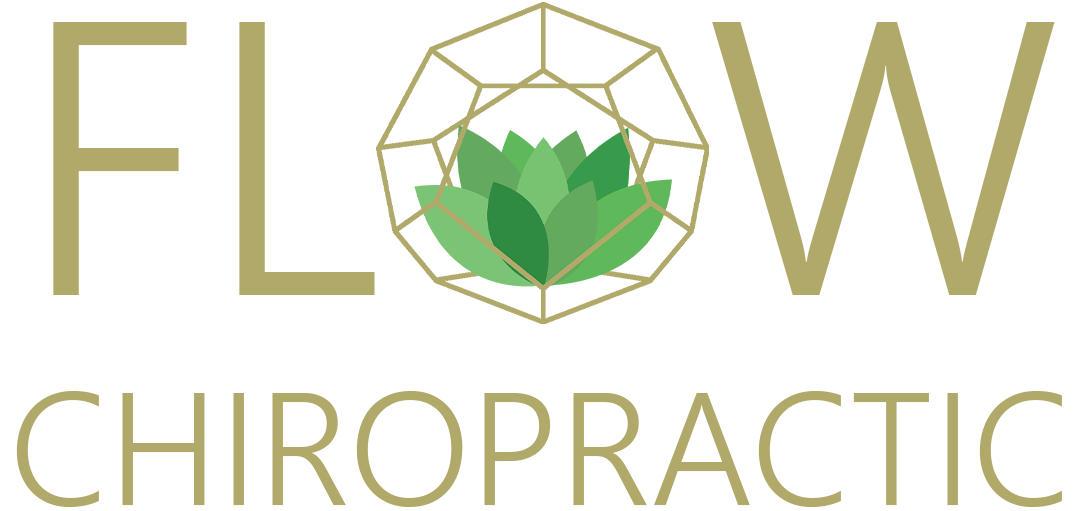Understanding and Alleviating Neck Pain: Causes, Symptoms, and Quick Relief Strategies
One of the most common reasons someone thinks of a chiropractor is for neck and back pain. Neck pain can mean a lot of things to many different people; however, most of the time, the root of it all is an angry muscle or nerve. Pain starting at the base of the neck, traveling out to the shoulder, up the neck, or into the back is typically what is described. What does this mean, what causes it, and what can you do? These are likely your next questions, and we are here to answer them for you!
What does this mean?
Typically, this pain means that you have somehow injured or irritated the muscles and nerves in that area. The base of your neck (where your neck meets your back) is what is called your CT junction—or cervical (neck) thoracic (back) junction. In this specific spot, there are a lot of nerves and muscles connecting parts of your neck, back, and shoulders to the spine—which means it can get a bit crowded in the area! Many times, with a small “wrong” movement or a different sleeping position, that's all it takes to irritate this area enough to have you in a pretty significant amount of pain.
What causes it?
It does not take a large injury or a huge change to your daily routine to cause significant pain here! We see a lot of this during the colder months—when people are shrugging their shoulders to keep warmer, and when people are sleeping in different positions/different beds than they are used to. These seemingly small differences can be a lot for your muscles to get used to. The muscles in this area work really hard throughout the day to keep you upright and are very sensitive to changes. When your brain senses these changes, it will send signals to the area, which causes inflammation—typically, this is our body’s way of healing—but, in this case, it can cause a lot of pain. The more pain you’re in, the less you want to move, the less you move, more inflammation will accumulate and cause additional pain. It is a vicious cycle that can be a tough and frustrating one to break.
What can you do?
The good news is there are a few things you can do to help with the pain pretty quickly! First and foremost, listen to your body. Make sure you are really listening to what it is trying to tell you—remember, inflammation is a good thing. Next, we want to heat the area up. Since a lot of the pain is likely due to tight muscles, heat can help to relax them and get you feeling better. We recommend using heat for about 20 minutes at a time several times throughout the day. If your original pain started more than 3 days ago, cycling between heat and cold can be really beneficial! Next, movement! Movement is your friend; even small movements can help to teach your brain that you can move without further injury occurring. This will help your brain to know it can allow those muscles to relax, and it won’t hurt you! Small neck circles, turning your head (instead of your whole body), and shoulder rolls can really make all the difference during this time. Massage can also help to relax the muscles and get you out of pain quickly as well. Adjustments are also a great idea during this time to help ensure that your spine is in alignment and stays there while you are healing.

